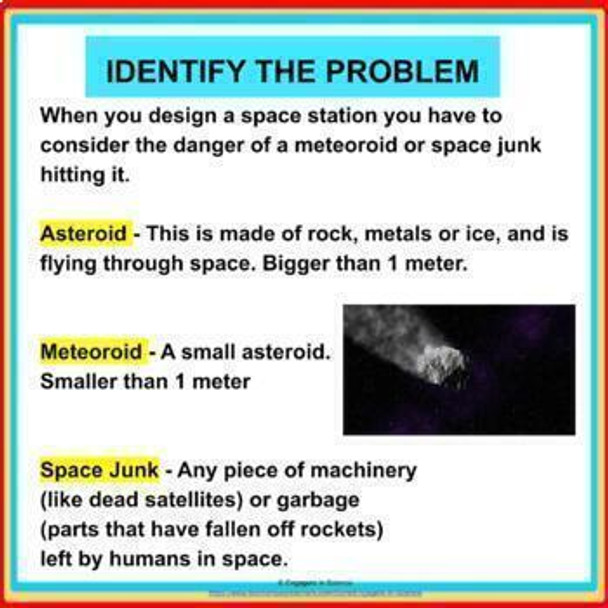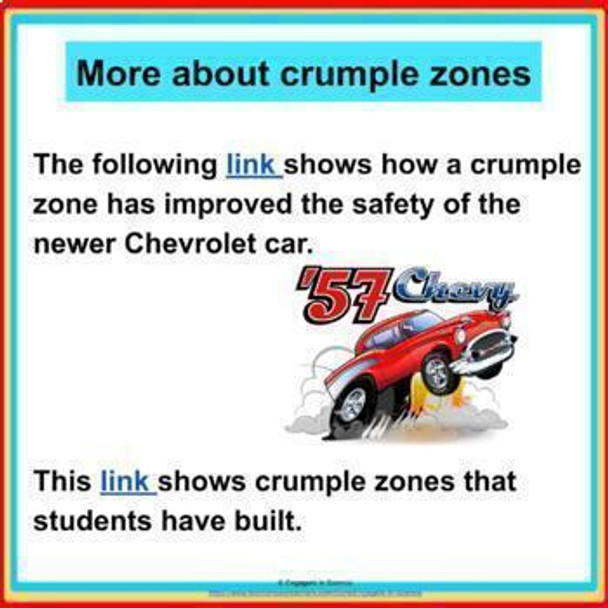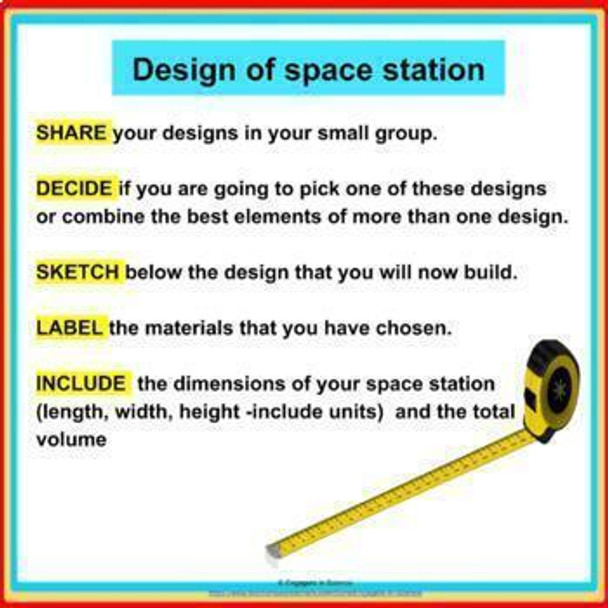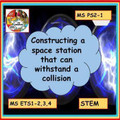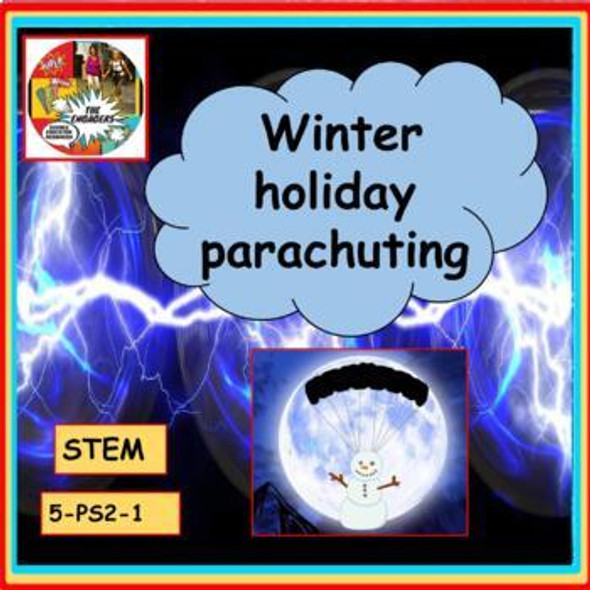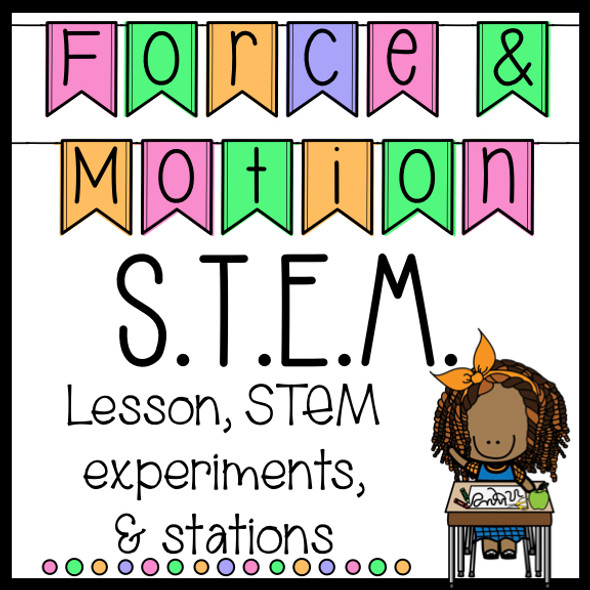Description
This highly engaging engineering and design project allows students to gain a greater understanding of why we need to build space stations that can withstand collisions.
The students first learn about crumple zones and why they are helpful in a collision.
Students design, construct, and test three crumple zones (made of simple materials) to see which is the best for attachment to their space station. A video showing student examples is included.
Students then design, construct, and test their space station (made of simple materials) to see if it will withstand a collision with a “baseball” meteoroid. The criteria for success is that the “egg” astronaut needs to be unharmed during the collision.
A written formative assessment is included which allows for students to critique their design and offer ideas for improvements. It also allows students the opportunity to connect this collision with Newton’s third law. Answers for this question are given and an activity is included to demonstrate how a collision exemplifies Newton’s Third Law.
Ideas are also given for easy implementation of this project such as team roles, accountability chart, schedule, a group contract and name.
This investigation can either be used to support student’s understanding of Newton’s Third Law or, alternatively, it could be used as an introduction to the law.
Easily obtainable materials are used for these activities (see list below).
The science and engineering practices below are incorporated in this investigation:
Analyzing and interpreting data
Constructing explanations and designing solutions.
Developing and using models.
Planning and carrying out investigations.
The cross cutting practices below are incorporated in this investigation:
System and system models
This project supports the NGSS standards MS PS2-1, MS ETS1-2, MS ETS1-2, MS ETS1-4.
Included in this resource:
Teacher slides (18 slides)
Detailed teacher notes (12 pages)
Printable student worksheets with activity instructions (9 pages)
Sample answers for student assessment
Suggested materials needed for students (not all of these are necessary):
Tape, sponge, cardboard, packing material, shredded paper, straws, scrap material, aluminum foil, straws, paper, aluminum pie plates, string, card, corrugated cardboard, BBQ sticks, disposable cups, paper towel cardboard tubes, toilet paper cardboard tubes.
Email any questions you have with subject line “Questions on space station stem project” to us at engagersinscience@gmail.com and we’ll be happy to answer them
Other teaching resources for sale in our Engagers in Science store can be accessed by using the link below:
https://ampeduplearning.com/teacher-contributor-stores/science-contributors/engagers-in-science/


